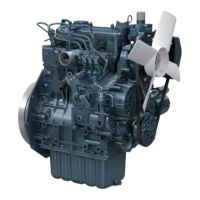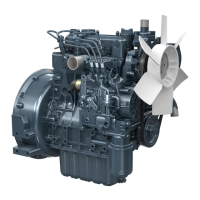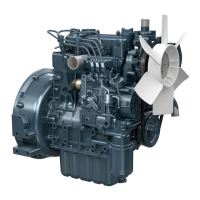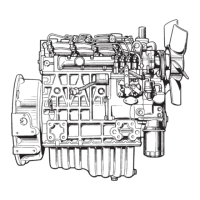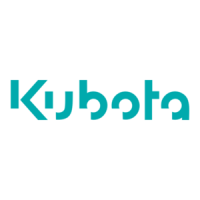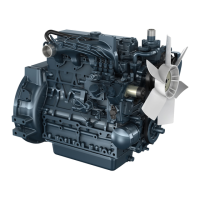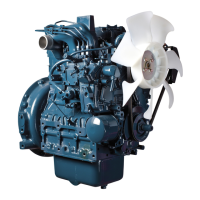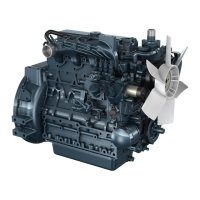How to troubleshoot a Kubota Engine that is difficult to start?
- AAnthony BurkeAug 6, 2025
If you're having difficulty starting your Kubota Engine, consider these possible causes and solutions: * **Thick fuel:** Check the fuel tank and fuel filter. Remove any water, dirt, or impurities. Clean the filter with kerosene if it contains water or foreign matter. * **Air or water in the fuel system:** Carefully check for loosened fuel line couplings or loose cap nuts. Loosen the joint bolt stop fuel filter and air vent screws of the fuel injection pump to eliminate air from the fuel system. * **Thick engine oil:** Change the grade of oil according to the weather (temperature). * **Discharged battery:** Charge the battery. In winter, remove the battery from the machine, fully charge it, and store it indoors until use.
